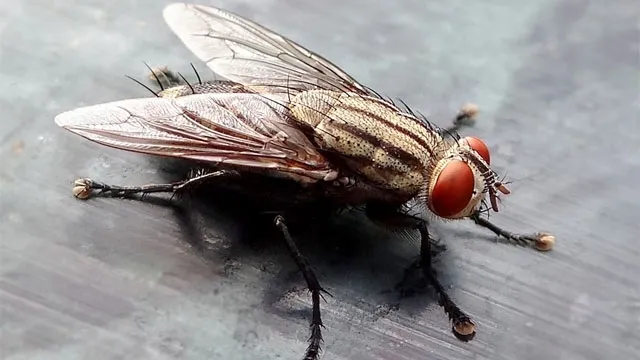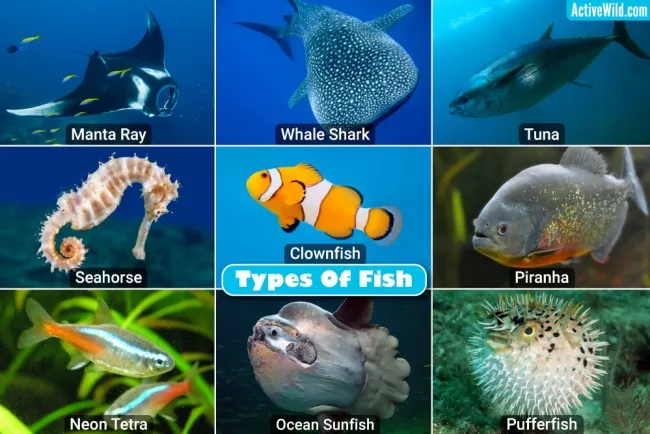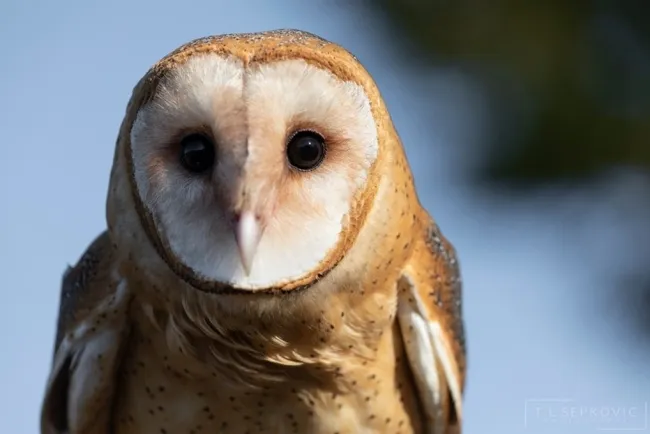The Housefly: An Unassuming yet Intriguing Insect...!!!
The housefly (Musca domestica) is one of the most widespread insects worldwide, coexisting with humans in nearly every environment. Despite its small size and sometimes bothersome presence, the housefly plays a fascinating role in both nature and human society.

Appearance and Life Cycle
Houseflies are medium-sized insects, usually measuring 6 to 7 mm in length. They are characterized by their grayish color and four distinct longitudinal stripes on their thorax. Their compound eyes provide them with an expansive field of vision, and their short antennae help detect chemical signals. Houseflies have a single pair of wings, with their hindwings evolved into small, haltere structures that aid in balance during flight.
The life cycle of a housefly includes complete metamorphosis, consisting of four stages: egg, larva (maggot), pupa, and adult. Female houseflies lay their eggs in moist, decaying organic matter like garbage, animal feces, or rotting food. The eggs hatch within a day, producing tiny, white, legless larvae. These maggots feed on organic matter, growing and molting several times before pupating. The pupal stage lasts about a week, during which the larva undergoes significant transformation. Finally, an adult housefly emerges, ready to continue the cycle.
Behavior and Feeding
Houseflies are known for their feeding habits, often seen on food, waste, and decaying matter. Their sponge-like mouthparts enable them to liquefy solid food by secreting digestive enzymes, which they then absorb through their mouthparts. Their diet includes a variety of substances, from sugary foods to animal feces, making them opportunistic feeders.
Houseflies are highly active and are known for their rapid, erratic flight patterns. Their quick reflexes and agility help them evade predators and swatters. Their behavior is influenced by environmental factors such as temperature, humidity, and light. Houseflies are typically more active during warmer months and are attracted to light sources, often entering homes through open windows and doors.

Ecological and Health Impacts
Though houseflies may seem like mere nuisances, they play a vital role in the ecosystem. As decomposers, they help break down and recycle organic matter, contributing to nutrient cycling. This process is essential for maintaining healthy soil and supporting plant growth. Additionally, houseflies serve as a food source for various predators, including birds, spiders, and other insects.
However, houseflies are also vectors of numerous diseases, posing significant health risks to humans and animals. They can mechanically transmit pathogens such as bacteria, viruses, and parasites by carrying them on their bodies and mouthparts. Common diseases associated with houseflies include salmonellosis, typhoid fever, cholera, dysentery, and conjunctivitis. Houseflies in food preparation and storage areas are particularly concerning, as they can contaminate food and surfaces, leading to outbreaks of foodborne illnesses.
Control and Management
Effective control and management of houseflies are essential due to the potential health risks they pose. Integrated Pest Management (IPM) strategies are commonly used to minimize housefly populations, combining methods such as sanitation, exclusion, biological control, and chemical control.
Sanitation is the cornerstone of housefly management. Keeping living spaces clean and promptly disposing of waste reduces the availability of breeding sites. Properly sealing garbage containers and using screens on windows and doors can prevent houseflies from entering homes.
Biological control methods involve using natural predators and parasites, such as parasitic wasps, to target housefly larvae and reduce their populations. Chemical control, including insecticides and fly baits, can also be used but should be applied judiciously to minimize environmental impact and prevent resistance development.
While often seen as bothersome pests, houseflies are fascinating insects with complex behaviors and significant ecological roles. Their ability to thrive in diverse environments and their impact on human health highlight the importance of understanding and managing these ubiquitous insects. By adopting effective control measures and maintaining good hygiene practices, we can mitigate the negative effects of houseflies while appreciating their place in the natural world.
What's Your Reaction?

















